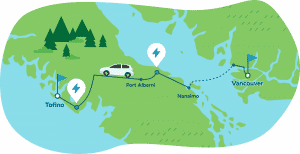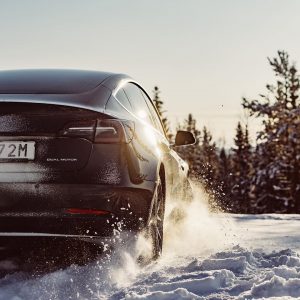With the announcement of Long Way Home, I decided it was finally time to watch Long Way Up, the EV-powered adventure starring Ewan McGregor and his longtime riding partner, Charley Boorman.
This docuseries follows their ambitious journey on Harley-Davidson LiveWire electric motorcycles, traveling over 13,000 miles (22,530 km) across 13 countries, from Ushuaia, Argentina—the southernmost tip of South America—to Los Angeles, California. The premise of covering such vast terrain on electric bikes (with pre-production Rivians as support) was fascinating, but as I watched, I couldn’t help but have a lot of questions.
Let’s break down some of the aspects of the series that stood out, including some head-scratchers.
What Is Long Way Up?
For those unfamiliar, Long Way Up is the third entry in McGregor and Boorman’s adventure travel series. Their previous shows, Long Way Round (2004) and Long Way Down (2007), followed their motorbike journeys through Europe, Asia, and Africa. This time, they took on a new challenge—going electric.
Their journey began in Argentina and spanned South and Central America, crossing deserts, mountains, and remote villages before concluding in Los Angeles. Along the way, they faced unique challenges, especially related to EV travel and limited charging infrastructure.
For EV enthusiasts, it was an exciting showcase of how far electric vehicles have come—and how much farther they still need to go.
Quick Facts About Long Way Up
- Countries visited: 13
- Distance traveled: Over 13,000 miles (22,530 km)
- Charging time: Often required overnight stops due to reliance on 110V outlets
long way up map
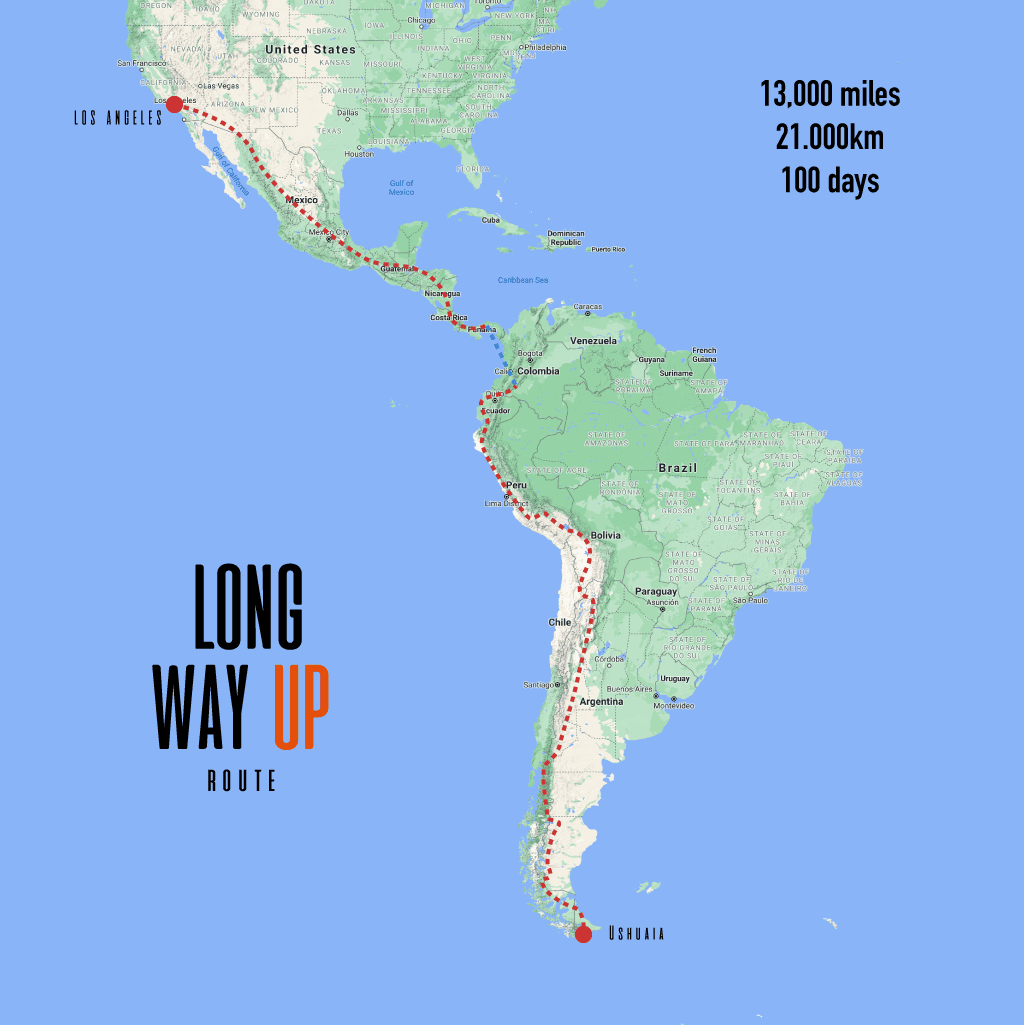
My Questions About Long Way Up
Now that we’re caught up on what the show is all about, here are my EV and non-EV-related questions about the series.
1) Why Didn’t the Harley-Davidsons Use the Rivian Chargers?
One of the most puzzling aspects of the series was how charging was handled. Rivian, which provided two prototype electric trucks to support the journey, reportedly built a charging network of 150 L2 chargers along the route specifically for this expedition. Yet, in the show, the motorcycles were often charged at hotels or local homes, relying on 110V outlets that were painfully slow.
Only a couple scenes showed the vehicles using the Juice Box chargers and zero scenes (that I recall) of the Rivian’s charging.
This raises some key questions about range and charging logistics. The Harley-Davidson LiveWire motorcycles used in the series have an estimated range of about 146 miles (235 km) on a full charge, which isn’t much when you’re covering thousands of miles. Using the Rivian chargers would have been faster and more efficient, so why didn’t they take full advantage of this infrastructure?
Even Ewan McGregor confessed to relying on the kindness of strangers, camping in backyards, and using home outlets to charge their Harley-Davidson LiveWires. “There’s no real infrastructure for charging in the middle of Patagonia, for instance,” he shared, recounting how their 15.5kWh Lithium-ion batteries, charged through 120V household outlets, occasionally blew fuses. Despite the challenges, these impromptu stops showcased the hospitality of locals and added a unique layer to their EV-powered journey.
3) Rivian Charging and Towing: Does It Work?
The Rivian R1T trucks weren’t the stars of the show, but they played a critical support role. At one point, the series highlighted a unique feature of the Rivians: the ability to charge while being towed. This concept was fascinating but raised questions about efficiency and how well it actually works.
One producer claimed the Rivian could fully charge in approximately 30 minutes while being towed. Hmmm…
Motortrend actually tested this out, and no, you can’t.
After consulting with the manufacturer (they don’t recommend it due to the high risk of damaging the vehicle), they found the results were good but not anything like what was stated in the show.
“Over the course of six individual tests and 8.0 miles of driving, we increased the Rivian’s battery from 15 percent state of charge to 26 percent and gained 51 miles of indicated range. That’s an average of 6.4 miles of range gained per mile of towing”
4) What Was Going On With the Rivian Door Handles?
One minor but noticeable detail in the series was the malfunctioning door handle on one of the Rivian prototypes. It stuck out awkwardly for much of the journey, suggesting issues with the early design.
Again, it’s worth noting that these trucks were pre-production models (like the Rivian R2 I checked out in Seattle), so quirks like this were to be expected. This had zero impact on the vehicle’s role as a support vehicle, carrying tons of gear thanks to all that storage space. Just something my OCD could not see past 😉
5) Why Was So Much of Mexico Driven in a Bus?
Another puzzling aspect of the journey was the decision to drive much of Mexico in a converted bus. Literally, episodes of the short series were dedicated to finding, buying, and converting this bus. The team explained this was due to tight timelines, security concerns, and logistical challenges, but it still felt out of step with the rest of the trip. This decision has left others feeling a bit shortchanged as well.
While they made efforts to avoid demonizing Mexico, the decision may have left a negative impression on viewers. The final episodes focused heavily on the bus, making it feel like they skipped over an important part of the journey.
6) How Do Harley-Davidson Riders Feel About Electric Bikes?
The series brought a fascinating twist to the Harley-Davidson brand with the LiveWire. For a company synonymous with roaring engines and long highway rides, shifting to electric was a bold move.
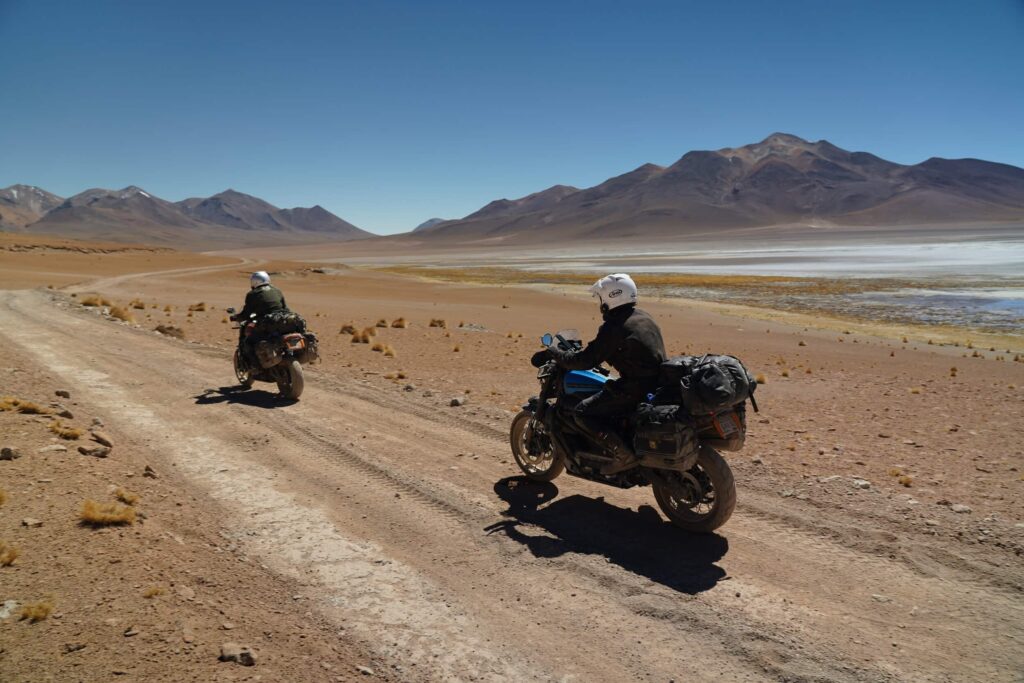
One of the most interesting moments was in the final stretch when McGregor and Boorman met up with a large group of Harley riders. The reception seemed mixed, with curiosity and perhaps a touch of skepticism. It left me wondering—what do traditional Harley owners really think about the LiveWire?
Long Way Home: A New Adventure with Ewan McGregor and Charley Boorman
Motorcycle adventurers Ewan McGregor and Charley Boorman are returning in 2025 with Long Way Home, a 10-part series taking them on a 10,000-mile journey from McGregor’s home in Scotland to Boorman’s in London. This time, they’re ditching the modern adventure bikes and electric Harleys of Long Way Up in favor of vintage European motorcycles.
The trip will take them through 15 countries, including Scandinavia, the Arctic Circle, and the Baltics, offering viewers a mix of cultural exploration, stunning scenery, and vintage bike challenges.
The series represents a departure from their electric vehicle experiment in Long Way Up, where they faced unique challenges riding Harley-Davidson LiveWires and using Rivian support vehicles. While Long Way Up brought attention to EV road trips and highlighted the hurdles of charging infrastructure in remote areas, Long Way Home focuses on the simplicity of older machines.
Final Thoughts: A Mixed Bag for EV Enthusiasts
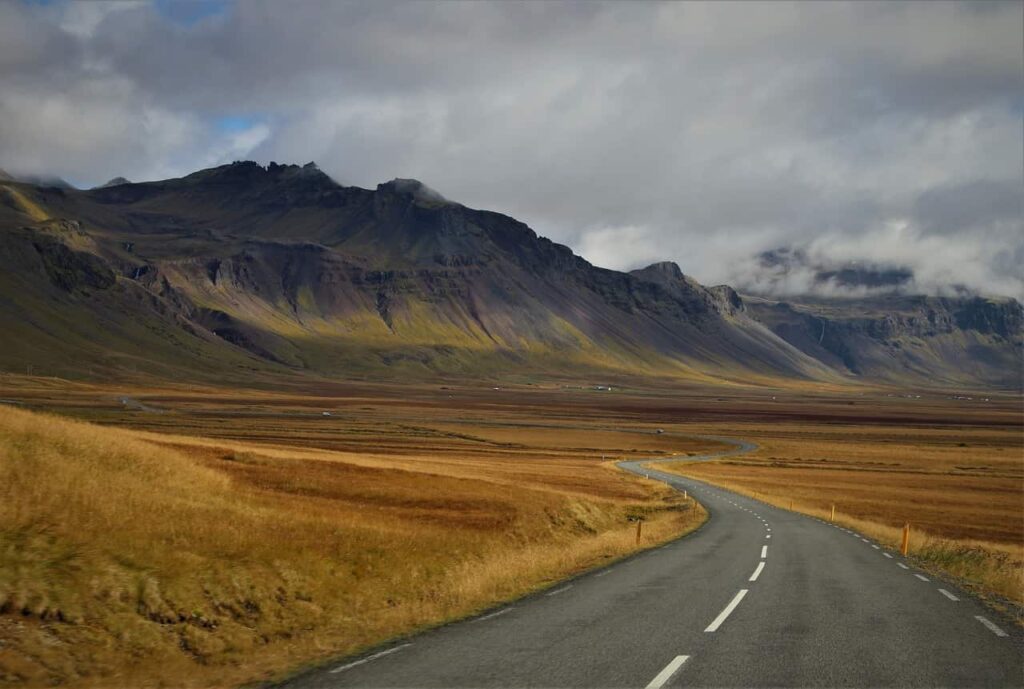
Questions aside, I genuinely enjoyed watching Long Way Up and look forward to their next adventure.
Long Way Up is an inspiring story of adventure and a major step forward in showcasing the possibilities of EV road trips. However, some of the decisions—like the reliance on 110V charging and the underutilization of Rivian’s network—seemed to undermine the message.
Despite its flaws, the series highlighted the growing potential for EV travel and sparked meaningful conversations about infrastructure, compatibility, and range anxiety in the early days of electric vehicles, especially in South America.
For anyone considering an EV road trip, it’s both a lesson in the challenges and a reminder of the progress being made.
SAVE ON A NEW TESLA!
Thinking of buying a Tesla? Use this referral link to get up to $1,300 off!*
*As of August 2024, Tesla has reinstated its referral program and introduced attractive financing options!
For more insights into EV travel and charging infrastructure, check out my other posts on EV road trips and EV chargers across Canada.
Images from this post sourced from Apple TV+ Press

